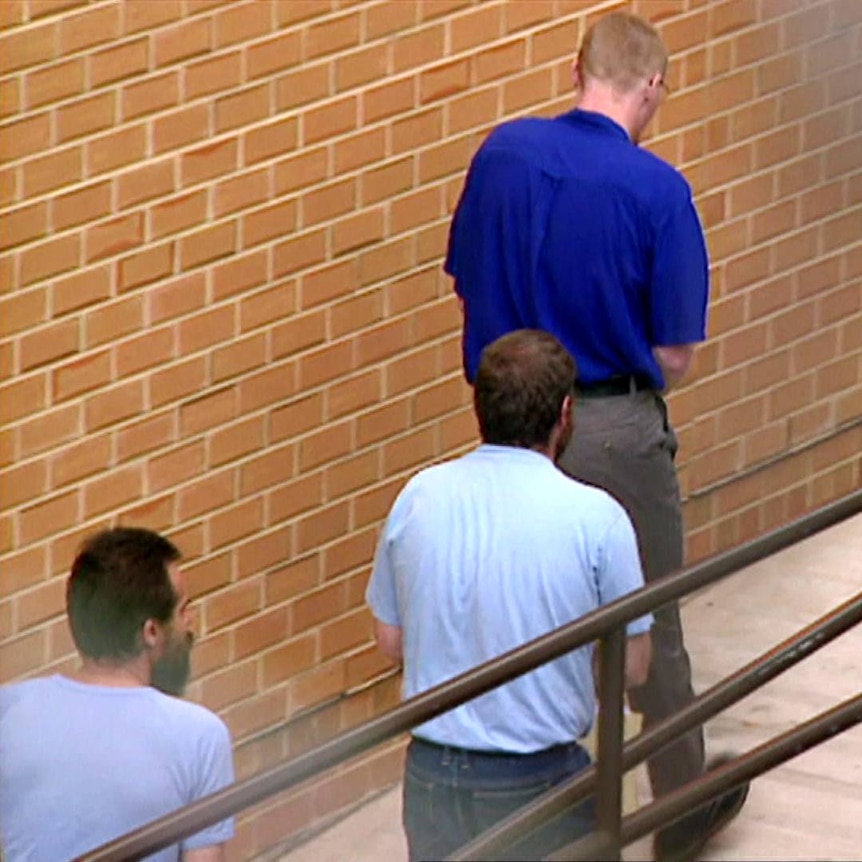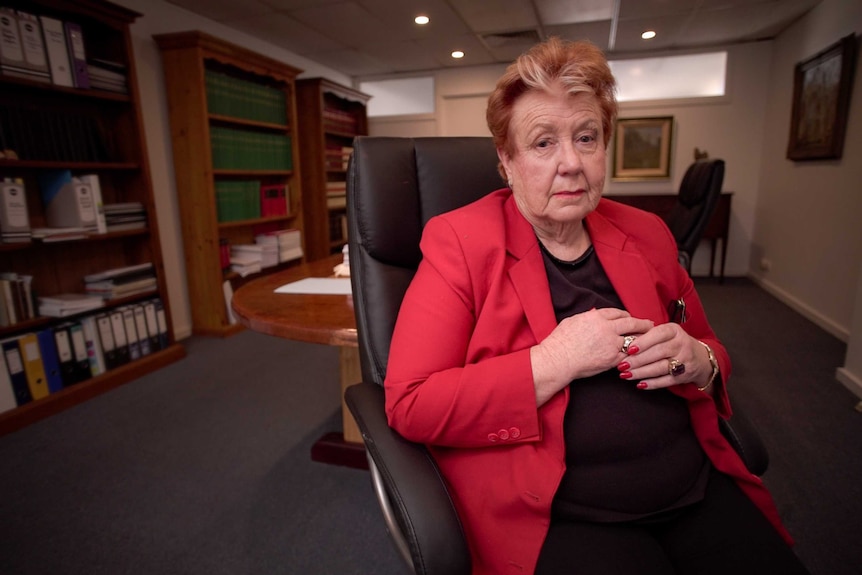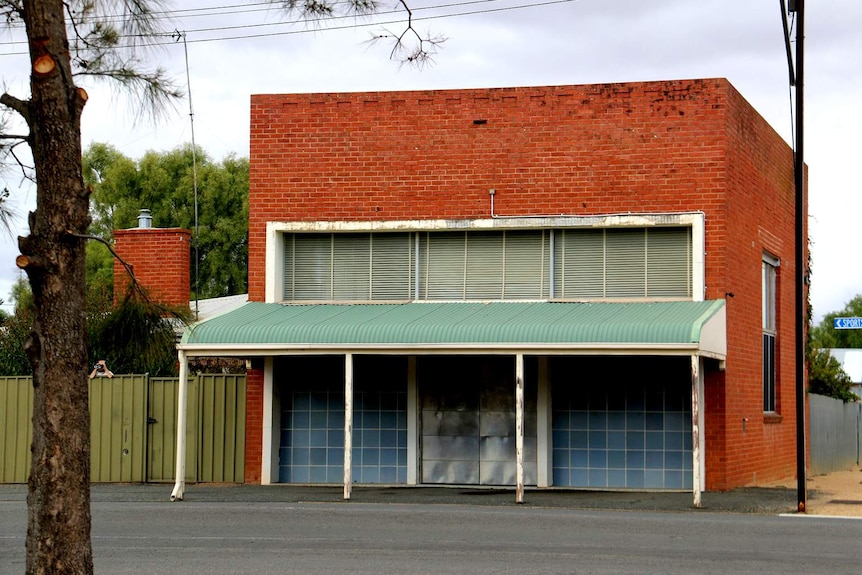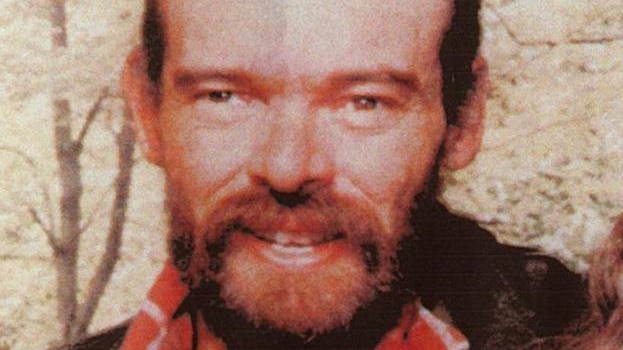The South Australian government aims to classify Mark Ray Haydon as a high-risk offender to guarantee supervision upon his release on parole in May, following his completion of a 25-year sentence.
Understanding Parole and Eligibility for Prisoner Release
When individuals in South Australia are convicted of serious crimes, their sentencing typically includes a head sentence and a non-parole period.
The head sentence represents the complete penalty decided by the court for the committed offenses.

**Mark Haydon Parole Release: Understanding Non-Parole Period**
In the aftermath of their arrest, Mark Haydon, along with John Bunting and Robert Wagner, found themselves in custody. The non-parole period, a crucial aspect of the legal system, dictates the minimum duration a convict must serve before being eligible for supervised release back into society or from home detention if already serving within the community.
Legislation outlines the maximum penalties for most offenses, requiring courts to carefully weigh various factors. Paramount among these considerations is the safeguarding of the community. Additionally, the sentencing process takes into account the need to appropriately penalize the offender, deter both them and others from committing similar crimes, and consider the convict’s age, criminal record, and the severity of their offenses.
Understanding Mark Haydon’s Eligibility for Parole Release
Mark Ray Haydon: A Notorious Figure in Australia’s Criminal History
Mark Ray Haydon, known for his involvement in moving and hiding bodies and aiding in covering up some of Australia’s most heinous crimes, has reportedly received the longest custodial sentence for assisting an offender in South Australia’s history.

**Mark Haydon Parole Release: A Timeline**
**Mark Haydon’s Eligibility for Parole**
Upon his arrest on May 21, 1999, following the chilling discovery of eight bodies in six acid-filled barrels in Snowtown, the terms for Mark Haydon’s parole were backdated. This backdating set his initial eligibility for parole in 2017, prompting him to submit his first application that same year.
**Initial Parole Application Rejection**
Unfortunately, Haydon’s first parole application in 2017 was denied. Frances Nelson KC, the chair of the SA Parole Board, cited the need for Haydon to further integrate into society before being considered for release as one of the reasons for the rejection.
**Current Parole Application Status**
Now, at 65 years old, Mark Haydon submitted his most recent parole application in 2021, nearly three years ago. Frances Nelson has disclosed that the board has been meticulously evaluating his application to ensure that the positive changes he has demonstrated during his time in custody are sustainable in the long term.
Understanding the Functioning of the Parole Board
The parole board operates as a legal entity defined by specific legislation, outlining its composition, authority, and scope of considerations.
Being an autonomous body, the parole board retains the authority to make decisions independently, free from external influence.
Primarily, the parole board evaluates whether to approve or reject the parole requests of inmates, along with the power to revoke parole or address violations accordingly.

Meet Frances Nelson KC: Leading South Australia’s Parole Board
Frances Nelson KC currently serves as the presiding member of South Australia’s parole board, a role she has held since 1983, overseeing crucial decisions regarding parole release. Established in 1969, the board operates under strict legislation requiring members with extensive expertise in law and crime, including judges, lawyers, and criminologists.
Furthermore, the board’s composition mandates the inclusion of a psychiatrist and a former police officer among its members. Diversity is also a key aspect, with at least one member hailing from a First Nations background, ensuring a well-rounded perspective. Gender balance is also emphasized, promoting a mix of male and female members within the board.
Understanding the Process of Mark Haydon Parole Release Applications
The Potential Outcome of Mark Haydon’s Parole Release
Had Mark Haydon been found guilty of any of the 11 murders, he would have faced a life sentence and stricter conditions upon his eventual release on parole.
However, due to the jury’s inability to reach a unanimous decision on the murder charges, the prosecution opted for guilty pleas related to assisting the killers rather than pursuing a retrial on those specific murder charges.

The historic Snowtown bank building, where eight bodies were discovered in May 1999, was the site of a significant event. Mark Haydon’s potential parole release comes with strict conditions. These conditions include supervision by a community corrections officer, prohibition from possessing weapons without permission, and a ban on engaging in any criminal activities. Additionally, the parole board may require additional measures, such as wearing an electronic monitoring device like an ankle bracelet. Violating any of these conditions can lead to automatic suspension of parole or other consequences, such as completing the full sentence.
What is prompting the government to consider altering the laws?
Mark Haydon parole release
One of the individuals found guilty in the notorious “bodies-in-the-barrels murders” in South Australia might be released from prison in a matter of months without any constraints or oversight.

Mark Haydon Parole Release: Government’s Efforts to Ensure Supervision
The state government aims to classify Haydon as a high-risk offender to prevent unsupervised freedom upon the completion of his sentence.
Currently, the legislation primarily targets individuals such as murderers, sex offenders, and terror suspects, leaving uncertainty regarding Haydon’s classification as a high-risk offender.
To address this gap, the government is proposing amendments to expand the definition of high-risk offenders to encompass individuals like Haydon based on the nature of their offenses.
The process involves seeking approval from the Supreme Court to designate Haydon as a high-risk offender, a request already initiated by the attorney-general through Crown solicitors.
If approved by the Supreme Court, the court will determine the specific rules and restrictions that Haydon must adhere to starting in May.
These regulations may resemble parole conditions, potentially including curfews, electronic monitoring, residency restrictions, and limitations on social interactions.
Please visit our site 60time.com for more information on legal matters.
Don’t forget to follow us on social media at Facebook for updates.



